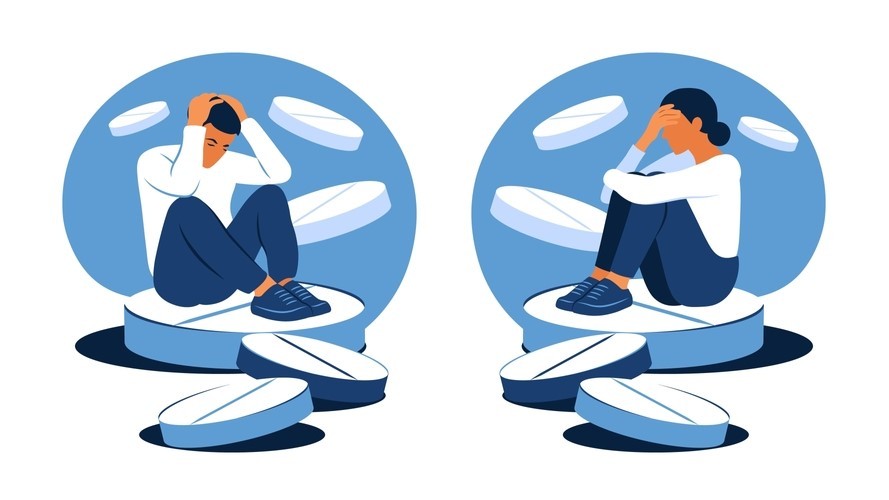Table of Contents
Definition:
Drug therapy monitoring (DTM) is the measurement of specific drugs at timed intervals in order to maintain a constant concentration of medication in blood bloodstream to prevent or cure a disease.
It is mainly used for monitoring drugs with narrow therapeutic index drugs with marked pharmacokinetic variability and toxicity.
It involves the measurement of drug concentrations in various biological fluids and interpreting their concentrations in terms of clinical parameters.
Objectives:
- To attain the desired pharmacological effect of the drug.
- To reach maximal effect in the shortest period of time.
- To decrease the risk of toxicity.
- To help in predicting the patient’s dose requirement.
- To assess medication compliance.
Types of Drug Therapy Monitoring
The drug therapy monitoring is done by
- Medication chart review
- Clinical review
- Pharmacist interventions.
Medication Chart Review or Medication Order Review
DEFINITION: A medication chart review is defined as the review of a patient’s medication in order to ensure that the therapy is appropriate, safe, and cost-effective. It helps in understanding departmental policies, DIs, ADR, medication counseling organizing information according to medical problems, and breaking down complex situations.
This can be achieved by pharmacists attending ward rounds on day to day basis.
Goals of Medication Chart Review
- To ensure that the patient receives the right drug at the right dose at the right time.
- To prevent or minimize drug-related problems like medication errors etc…
- To prevent potential morbidity & mortality.
- To optimize patient drug therapy.
Steps Involved in Medication Chart Review
The medication order chart is written in accordance with legal and local requirements.
The basic steps involved in the review of the medication chart are:
- Collection and interpretation of patient-specific information.
- Assessment of therapeutic goal.
- Identification of drug-related problems.
- Individualising medication regimens.
- Monitoring treatment outcomes.
- Medication chart endorsement.
1. Collection And Interpretation of Patient-Specific Information:
This is done by getting Patient demographic details obtained from the patient or from the case sheet. Review of lab reports to understand the patient‘s disease condition.
Patient‘s previous medication order, specific conditions like pregnancy.
2. Assessment Of Therapeutic Goals:
They mainly differ from patient to patient based on age, nature of severity which includes
- Preventing disease/symptoms.
- Slowing down the disease progression.
- Cure of disease.
3. Identification of Drug-Related Problems:
Specific consideration when administering analgesics and antibiotics. Record of medication with which patient may be hypertensive or intolerant. Over dosages, sub-therapeutic dosages, and failure to receive medication.
4. Individualising Medication Regimens:
Once the drug-related problems are resolved the next step is to check administration is appropriate with respect to food and other drugs.
Check the complete drug profile for drug interactions and incompatibilities.
Ensuring all the necessary medication is correctly ordered and therapy is correctly implemented.
5. Monitoring Treatment Outcomes:
This is done by reviewing of patient’s clinical status with laboratory data and other markers of drug therapy response.
6. Medication Chart Endorsement:
This is mainly done to minimize the risk of medication errors that might occur at the level of prescribing, or at the time of administration.
This can be achieved by writing generic names, drugs, doses, routes, avoiding codes, etc.
Clinical Review
A clinical review is an analyzed summary of the clinical data that is used to assess the therapeutic outcome and detect; and manage potential, actual medicine-related problems. It may also include evaluation of signs and symptoms with lab reports.
It includes the reviewer’s conclusion about:
- The evidence of effectiveness and safety when proposed to use.
- Directions to use.
- Review of health records i.e. patient-specific clinical information (Ht, Wt, Urine output, pain scores, etc.)
It is performed on a daily basis and it cannot be altered when finalized.
Goals of Clinical Review
- Evaluate the safety of the treatment regimen by review of clinical and pathological features.
- Assess the progress of the disease and change the medications according to need.
- To improve medication compliance.
Pharmacist Interventions
Pharmacist interventions involve decisions about drug choice, dosage intervals, route of administration, dosage forms of the drugs, and factors like age, sex, weight, race, metabolic status, renal function, alternative drugs or drug usage, etc.
They also include:
- Adjustment of dosage regimen based on TDM results and patients’ clinical response.
- Assessment of possible causes for unexpected results such as non-compliance, bioavailability, medication errors, and drug interactions.
- Dose adjustments for patients who are on renal dialysis.
- Provision of poison information.
Make sure you also check our other amazing Article on: Therapeutic Drug Monitoring
